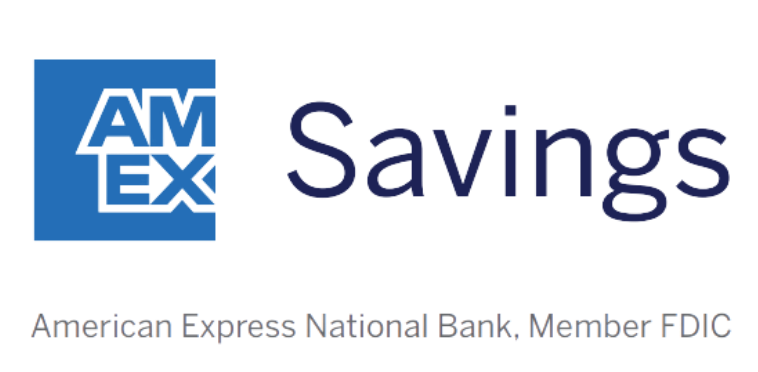Banks have a lot of responsibilities — paying interest on savings accounts, giving out loans, and giving you access to your cash when you need it, to name a few. But their most important job has always been to keep your money safe. If they couldn’t do that, you’d have no reason to give them your funds at all.
There are several ways banks try to protect your money, including alerts of suspicious activities and encrypted account portals. But that doesn’t protect against all possible disasters. If you want your money to be truly protected, there’s something else you need, too.
Who’s going to protect you if your bank fails?
The safety features I described above work to protect you if someone attempts to hack into your account or the bank’s database to steal your funds. But that’s not the only way you can lose money in a bank account. You can also lose money if the bank itself fails and lacks the funds to pay its customers back.
It doesn’t happen often, although we saw this a few times last year, most notably with Silicon Valley Bank (SVB) and First Republic Bank. We’ve learned a lot since the Great Depression, when bank failures meant depositors who weren’t able to withdraw their cash were out of luck. Today, there’s a system in place to ensure that everyone gets their money back, even if their bank fails.
Our Picks for the Best High-Yield Savings Accounts of 2024
|
Capital One 360 Performance Savings 
APY 4.25%
|
APY 4.25%
|
Min. to earn $0 |
|
Discover® Online Savings 
|
Min. to earn $0 |
|
|
American Express® High Yield Savings 
APY 4.25%
|
APY 4.25%
|
Min. to earn $0 |
It’s called Federal Deposit Insurance Corporation (FDIC) insurance. Banks pay to maintain FDIC insurance so that if they go under, the FDIC will step in to ensure the safety of the depositors’ funds. If the bank is not able to pay back all that its depositors invested in it, the FDIC will either facilitate the now-defunct bank’s acquisition by another institution, which will then pay depositors back or hold their funds for them, or it will pay depositors directly.
How does FDIC insurance work?
There are limits on what FDIC insurance covers. First and foremost, it doesn’t insure investments, like stocks or bonds. It also doesn’t insure safety deposit boxes or their contents. It also limits the amount of coverage you have to $250,000 per bank, per depositor, per ownership category.
The ownership categories that pertain to most people are single accounts and joint accounts. Single accounts are accounts you own in just your name, while joint accounts are accounts you own with one or more people. The FDIC totals how much you have in the bank in that account category to determine how much is insured.
For example, if you had $150,000 in an individual checking account and $150,000 in an individual savings account, you’d only get $250,000 of insurance because they both fall into the single account ownership category at the same institution. This is true even though each account has less than $250,000 in it.
In the case of joint accounts, each owner gets $250,000 of coverage. So if you have a joint savings account with a partner, together, the two of you would have $500,000 of FDIC insurance between that and all your other jointly-owned accounts with the same bank.
How do you know if your bank is FDIC insured?
Pretty much any well-known bank you come across will have FDIC insurance. It’s a requirement for all banks that want to be part of the Federal Reserve System. This system gives banks access to several important services, so it’s worth it for them to pay for the insurance protection.
Most institutions will note that they’re FDIC insured in the footer of every page on their website. But if you want to be sure, you can search the institution’s name on the Federal Deposit Insurance Corporation website.
It’s not really necessary to check this if you’re working with a large, well-established bank, like Chase or Discover® Bank. But if you’re dealing with a little-known institution, it doesn’t hurt to run a check to make sure you’re dealing with a legitimate bank.
One other thing to note is that if you’re working with a credit union, you won’t have FDIC insurance. That’s only for banks. But you should receive National Credit Union Administration (NCUA) insurance instead. This works the same as FDIC insurance but it’s for credit unions. You can check if your credit union is insured on the NCUA website.
